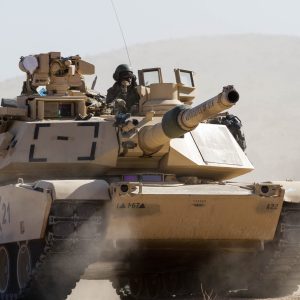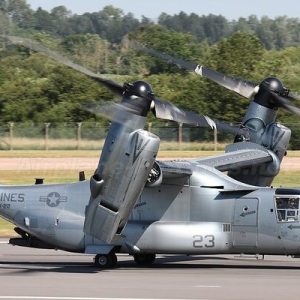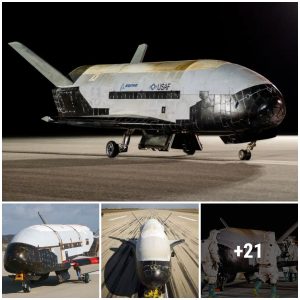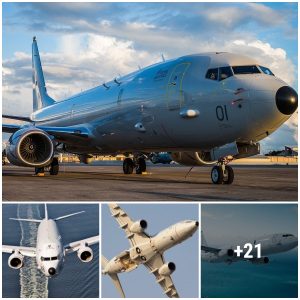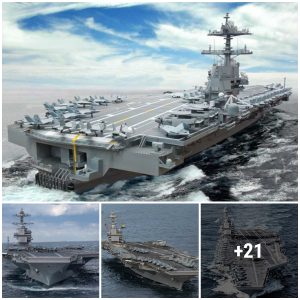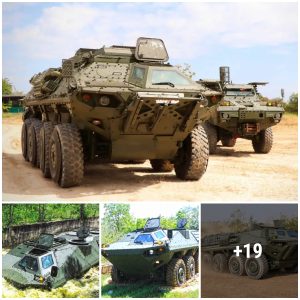As a multi-role helicopter, the H-19 Chickasaw was proven during the Korean War.
The ability to transport wounded quickly to field hospitals via helicopter caused the number of wounded that died in the Korean War to be the lowest in history. The military’s experiences with the H-19 led to the helicopter becoming an essential part of modern warfare, especially during the Vietnam War.

Development of the H-19 was initiated privately by Sikorsky without government sponsorship. The helicopter was initially designed as a testbed for several novel design concepts intended to provide greater load-carrying ability in combination with easy maintenance. The first customer was the United States Air Force, which ordered 5 YH-19 aircraft for evaluation; the YH-19’s first flight was on 10 November 1949, less than a year after the program start date.
The H-19 Chickasaw holds the distinction of being the US Army’s first true transport helicopter and, as such, played an important role in the initial formulation of Army doctrine regarding air mobility and the battlefield employment of troop-carrying helicopters. The H-19 underwent live service tests in the hands of the 6th Transportation Company, during the Korean War beginning in 1951 as an unarmed transport helicopter. Undergoing tests such as medical evacuation, tactical control and front-line cargo support, the helicopter succeeded admirably in surpassing the capabilities of the H-5 Dragonfly which had been used throughout the war by the Army.
The H-19 series was very unique in appearance for its time. The powerplant was situated at the nose, under the cockpit, which gave the helicopter a deep and distinct look. The engine was accessed by a clamshell-type door system over the nose cone. The cockpit seated its crew of two side-by-side with a commanding view overlooking the aircraft. The main rotor was situated over the helicopter as normal with a shaft running through a stem towards the tail set to drive the tail rotor unit. Behind the engine and behind the cockpit was the passenger cabin which could be used to undertake various roles.
The forward engine location placed the main cabin essentially in line with the main rotor’s rotational axis and close to the aircraft center of gravity, making it easier to maintain proper weight and balance under differing loading conditions. Another benefit of this engine location was ease of maintenance, as the engine could be readily accessed at ground level through dual clamshell-style doors; the entire engine could be changed in only two hours, and the radial engine was oriented backwards relative to a typical airplane installation, allowing more convenient access to engine accessories.

The UH-19C version is powered by a 600 hp Pratt & Whitney R-1340-57 9-cylinder air-cooled radial piston engine. The helicopter can reach a top speed of 163 km/h, a cruising speed of 137 km/h, a range of 720 km, and a service ceiling of 10,500 3,200 m.
1,281 of the helicopters were manufactured by Sikorsky in the United States. An additional 447 were manufactured by licensees of the helicopter including Westland Aircraft, the SNCASE in France and Mitsubishi in Japan. The helicopter was widely exported, used by many other nations, including Portugal, Greece, Israel, Chile, South Africa, Denmark and Turkey.
In the Algerian war of Independence 1954 to 1962, French forces operated the H-19 in both the transport and gunship roles where the type excelled for its ability to hover, loiter and reach out-of-the-way places. The series was also used by France in Indochina for a time – though mainly in the MEDEVAC role.
